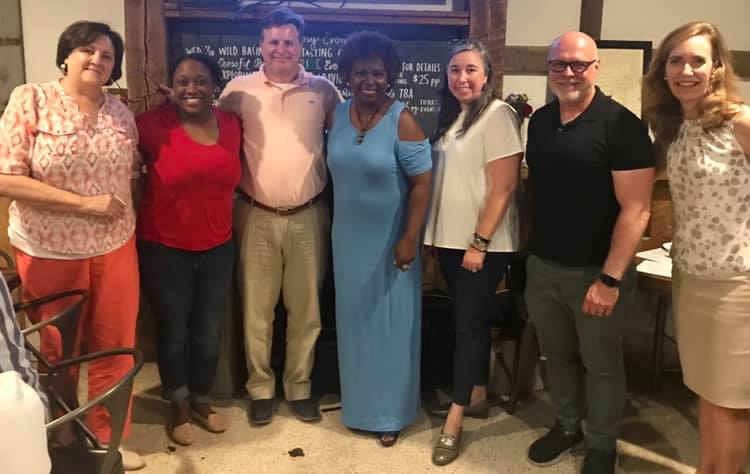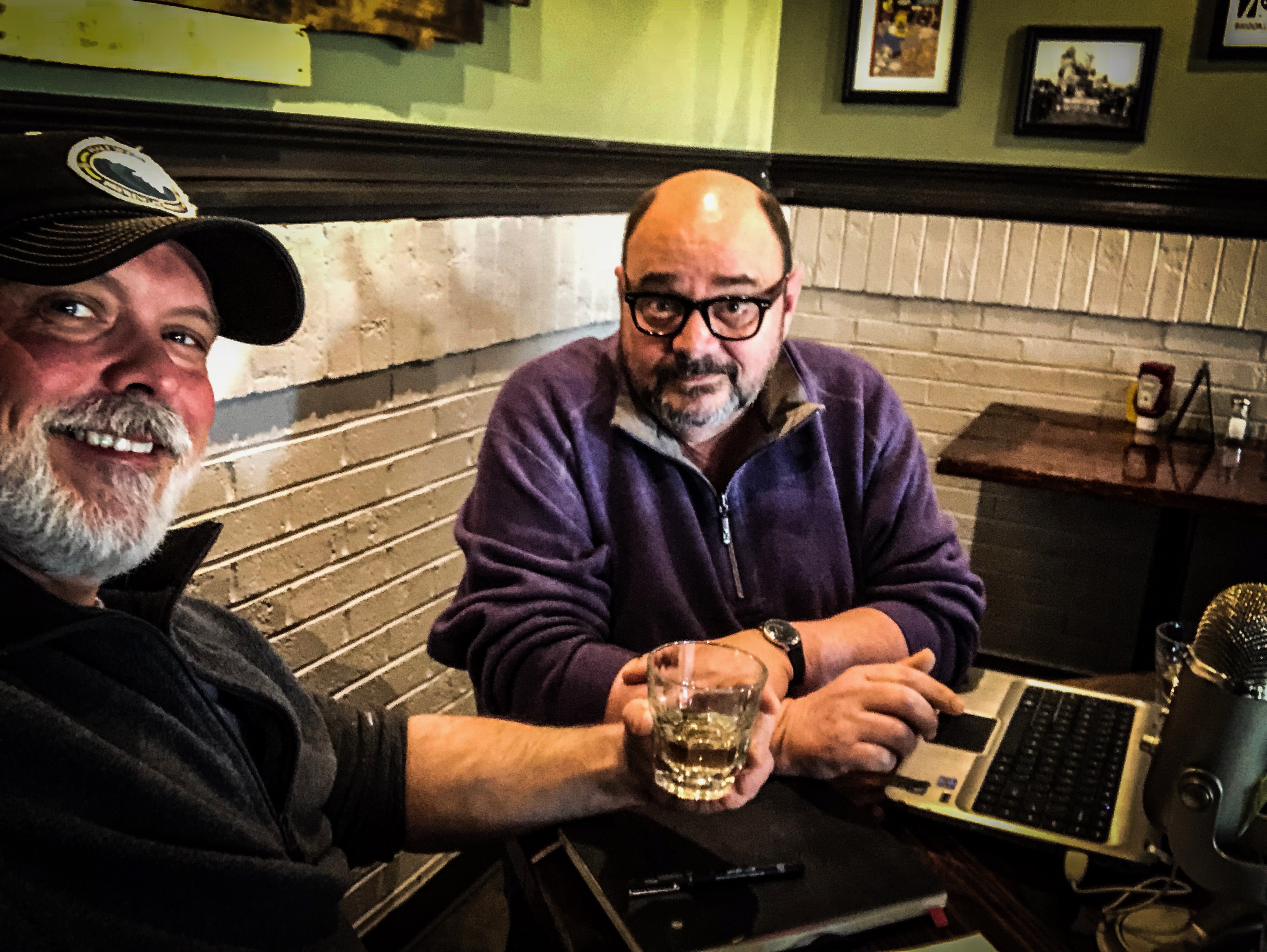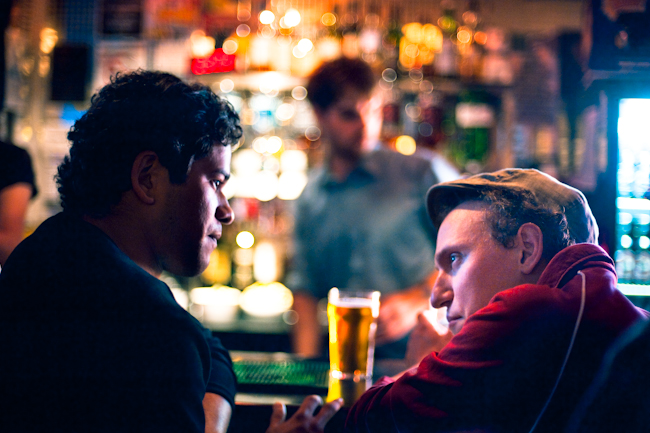CREATIVITY IN THE KITCHEN: LEARNING HOW TO PLAY WITH YOUR FOOD
By Despina Panagakos Yeargin, a.k.a. @despidoodle
DESPINA joined us from her sister Antonia’s Chicago kitchen on February 21. She advocated shucking the rules so that we can all RE- learn to play with our food. She believes that, beyond feeding our hunger, a kitchen is also a place where different challenges give us opportunities to express our creativity. “The kitchen is where I support my friends,” she said. “It’s where I show my stepchildren that I love them and where I honor my family’s cultural traditions. Yes, my creative space is my kitchen!”
LINK here to Despina’s V-Sessions Creativity Zoom talk with photos and specific examples of how she has used her creativity in the kitchen – Passcode &v5zF^e7
……………………………………………………………………………………………………………………
Let me tell you a story.
This took place a few years ago. My husband, Dewey, and I are preparing dinner for our granddaughters. The oldest, Corley, is about 7 or 8. We have soup ready to go, and we’re getting everything ready for grilled cheese sandwiches. Counting out the bread slices, we had just enough plus one slice, but upon close inspection, we realized that three of our slices had big holes in them. GASP! Just a gas bubble that had built up during the proofing and baking of the bread, but how to make grilled cheese sandwiches with a big hole in the bread? The cheese would melt and ooze out!
Dewey and I were ready for one of us to run to the store for more bread. After a full day at work, dinner should be easy. We were programmed for fun and relaxation, not problem-solving.
Enter Corley. She was still young enough to be truly open-minded. She is still young enough to apply skills learned in one area of her young life to another. “Why don’t you just tear up the extra slice to fill in the holes,” she said, “just like we do with Play-Doh.”
How Playing with Food Inspires Creativity
At a very early age, we are encouraged to play with our food in our high chairs! Studies indicate that playing with food encourages sensory development. As we begin to use a fork and spoon, the expectations change. We must now learn new rules. Don’t put your fingers in the food. Eat with your spoon. Wipe your mouth. Don’t play with your food.
Rules. Restrictions. Lots of don’ts. This stuff kills creativity!
The workplace can kill creativity too. Yes, even in a restaurant kitchen. Especially in a restaurant kitchen! In a professional kitchen, we have to produce the menu items consistently. There’s no room for “how about this” or “what if we tried it this way.” The customer wants the same dish, prepared the same way, garnished the same way, and with the same flavor! It’s a very stressful setting, and unless you’re working for a high-end restaurant with lots of kitchen staff, keeping things the same is critical. The only person who is allowed any creative growth is the chef.
That was me 29 years ago. I made it for one year and a few days. I’m happy not to have that kind of stress anymore! It beat the creativity out of me. It can happen in any work setting.
Once I had recovered, I realized I was happier sharing recipes than banking and cooking them. I started a food blog–a creative outlet I have maintained since 2006. I started out slowly, and increased to bi-monthly and monthly posts. Later I managed to post every other week. Now I try (I do have other demands) TRY to post weekly with time off for holidays. Currently, there are over 61,000 views of my blog.
Today, I play with food all the time!
HOW CAN I PLAY WITH MY FOOD?
Remove the phrases I don’t know and I can’t.
Forget the fear. Let it go. It’s like doing a crossword with a pen! Move forward boldly. What can go wrong? Really?
Plan ahead. Measure everything and group the ingredients that will be combined. Typically things like dry ingredients are mixed, sugar and butter are combined first for a cake, oil and onions/peppers/garlic (aromatics), and so on.
You don’t need a recipe. SO true, but people are afraid of this more than anything else. You know that you can make a salad without a recipe, right? Of course. Well, it’s the same concept as cookery. You must know a few basic things: Heat the pan first before adding oil, dry meat, fish, or shrimp with a paper towel before adding to a hot pan. (Cold pan or moist protein will cause sticking like the devil!) Add herbs at the end for a fresh flavor pop; dry herbs and spices at the beginning. You almost always begin with onions. Don’t add the garlic until the onions are almost done. (Garlic can burn and turn bitter, so don’t give it too much time in a hot pan before adding liquids.) After browning the meat, you can deglaze the pan by adding any of the following: wine, stock, broth, tomatoes with juice, and onions.
A recipe can be good (it’s a formula for success), BUT you don’t always need one. If you’re baking a cake, you need a recipe. It’s crucial. Surprisingly, if you have the essential knowledge (ratio of baking powder to flour, number of eggs and sugar in a typical recipe), then you can create your OWN recipe from that. You decide on flavors. You decide if it will be a layered cake or if you’ll cut it into squares, pour chocolate over each square and serve it on individual plates with whipped cream and toasted almonds. Adding salt and pepper to the pot is the same as adding them to your plate. You add what seems appropriate, taste, and adjust. It’s as easy as that.
Your imagination and experience in tasting food combinations all of your life have prepared you for creativity in the kitchen.

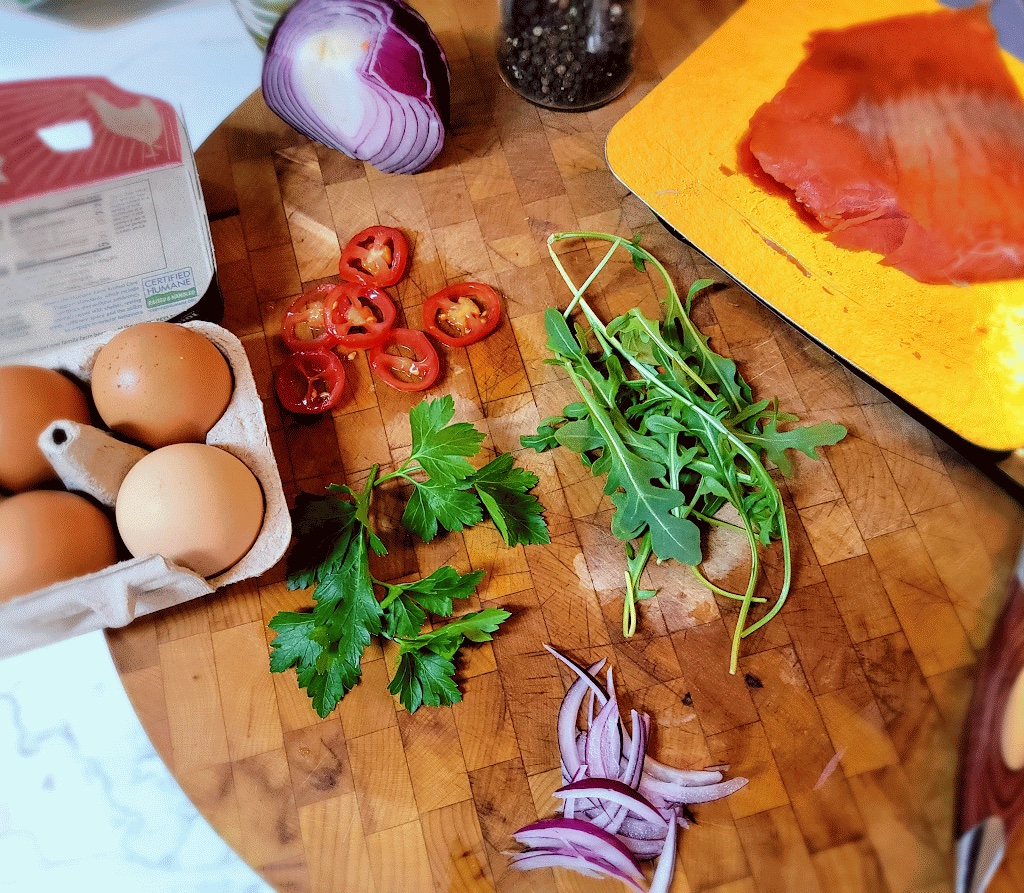
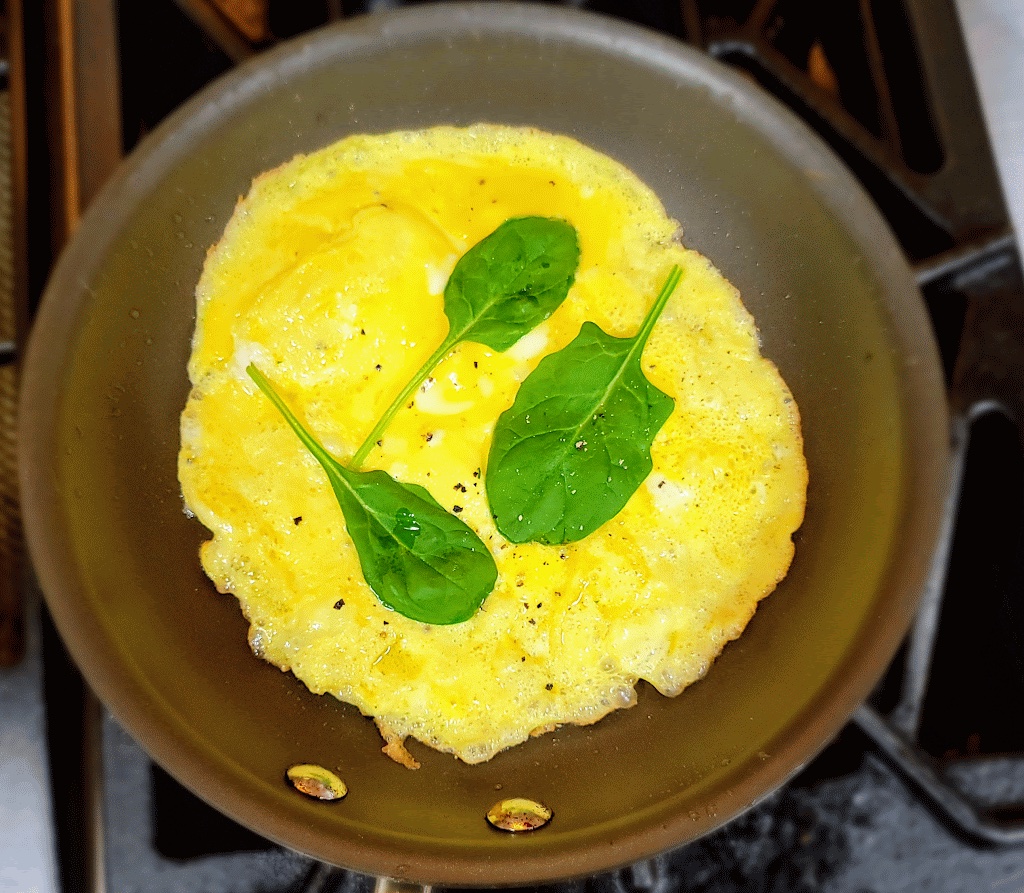

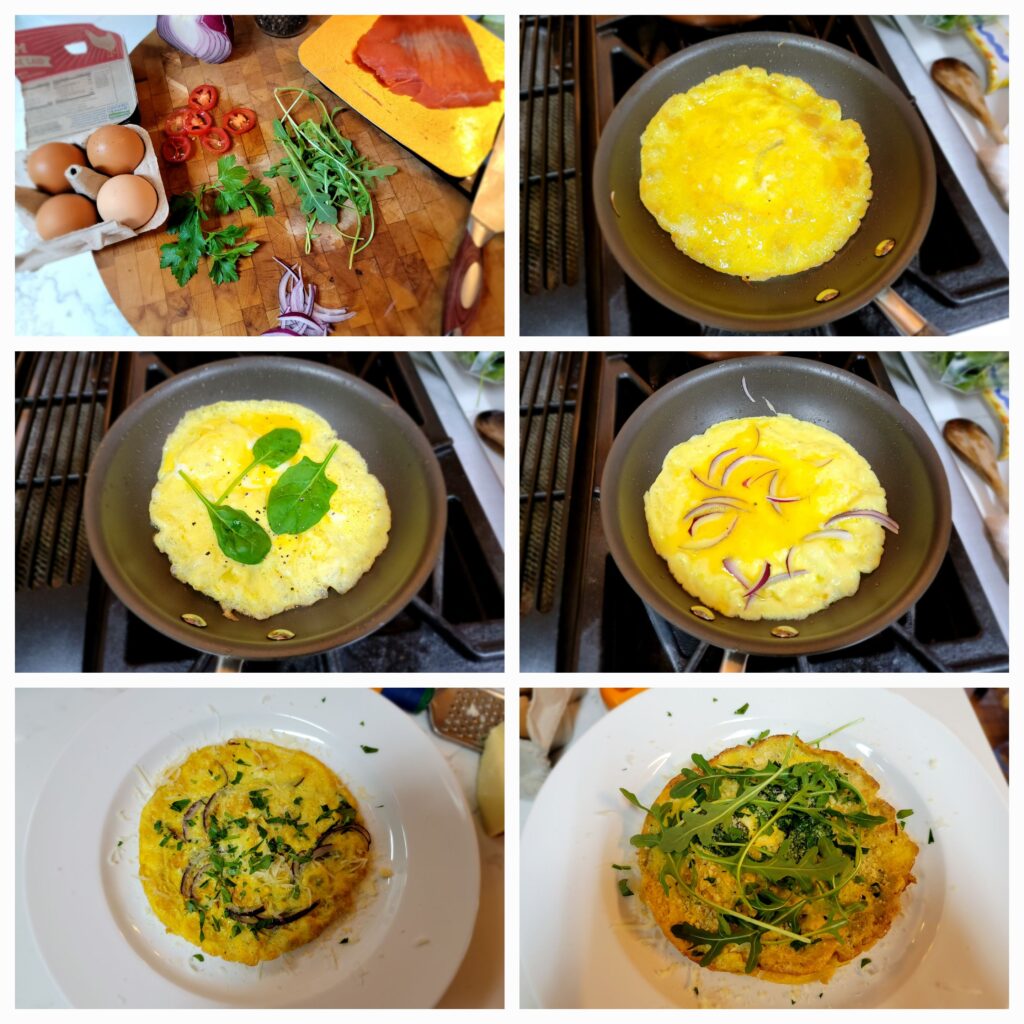
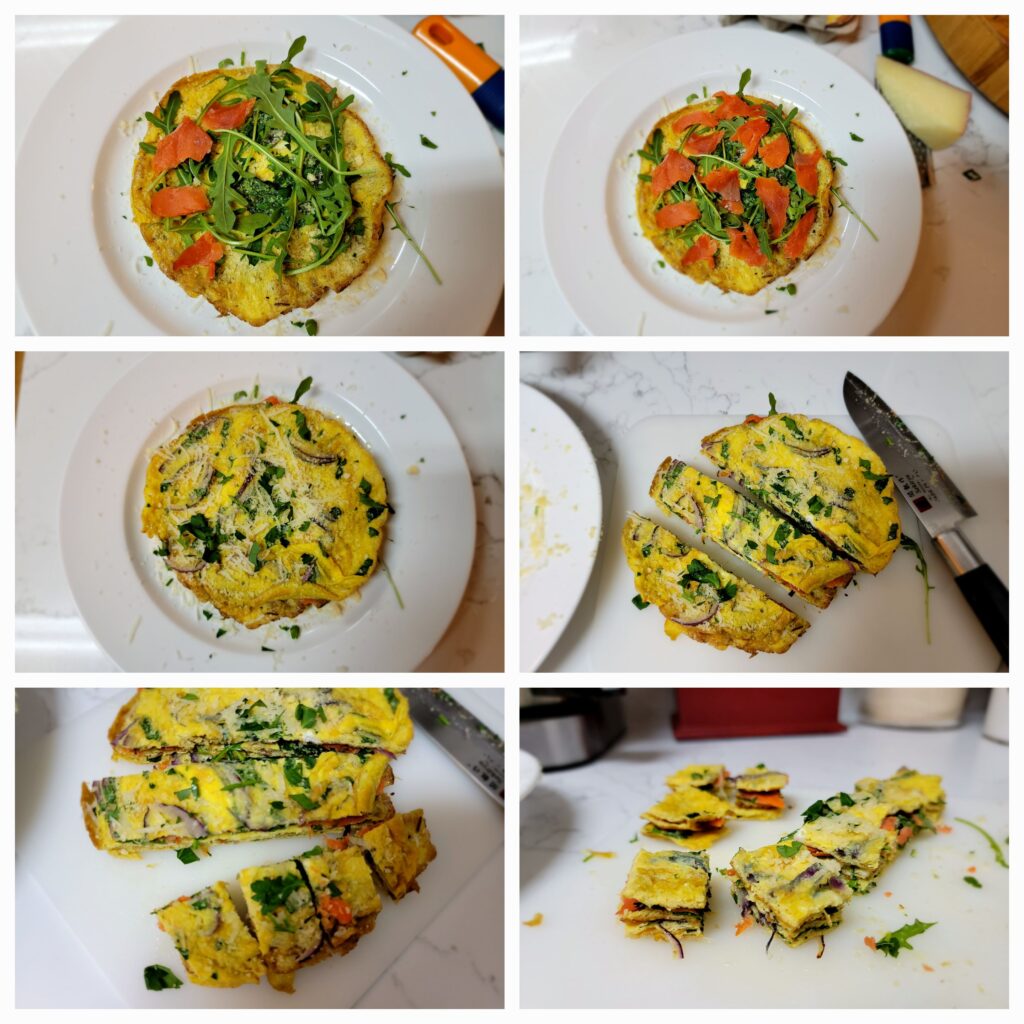
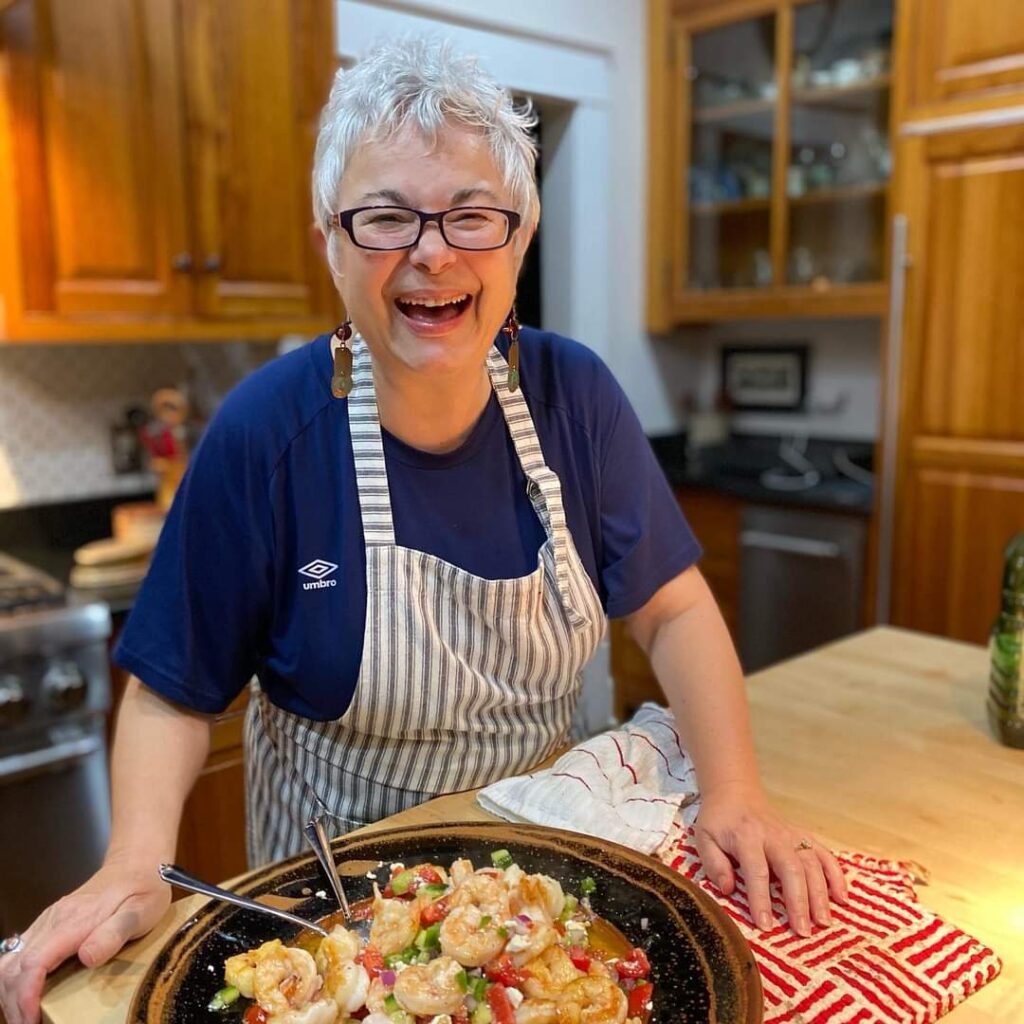
HAVE YOU NOTICED?
Many creative people have their finger in several projects:
TONY BENNET: Singer & artist. He built a new following by collaborating with younger singers like Lady Gaga.
JACQUES PEPIN: Chef, cookbook author, artist. Jacques sees beyond the kitchen to the front of his restaurants. Every menu is hand-drawn by Jacques, as are many illustrations in his books.
SCOTT AVETT (of the band The Avett Brothers): First an artist, then a successful musician. Now both.
TRANS-CREATIVE?
I believe that we learn in one creative endeavor we can apply to another. Creative problem-solving in the kitchen prepares us for the office, for backpacking on a remote trail, for planning a big event–for just about anything.
REMEMBER:
Forget the Fear
Plan Ahead
You don’t need a Recipe
A Recipe Can be Good (it’s a formula for success), BUT you can create your OWN.
FOLLOW UP READING
Babette’s Feast by Isak Dinesen (one of the stories in her book Seven Gothic Tales)
Also, a movie. In Danish with subtitles. Available on Amazon Prime Video.
Something to Food About: Exploring Creativity with Innovative Chefs by Questlove
The Creative Act: A Way of Being by Rick Rubin I recommend the audio version, which is like being led in meditation. A very Zen-like experience. I’m listening to it currently, just letting wash over me for now.
…………………………………………………………………………………………………………………..
WANT MORE DESPINA?
Her Website: https://despidoodle.com/
Her Instagram: https://www.instagram.com/despidoodle/
Her Cookbook Facebook Page: https://www.facebook.com/GreekHeritageCookingSimplified
Despina’s Food Blog: https://alphagoodcookcooking.blogspot.com/


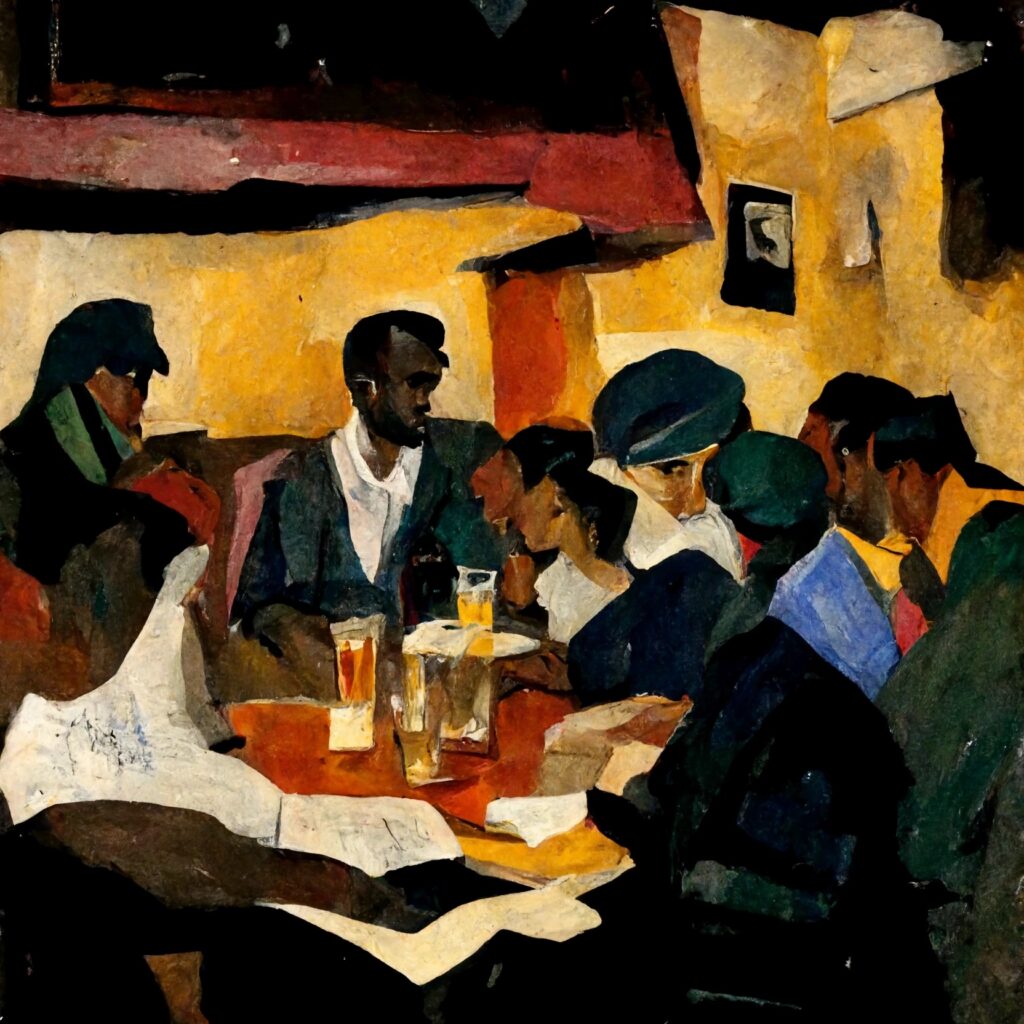
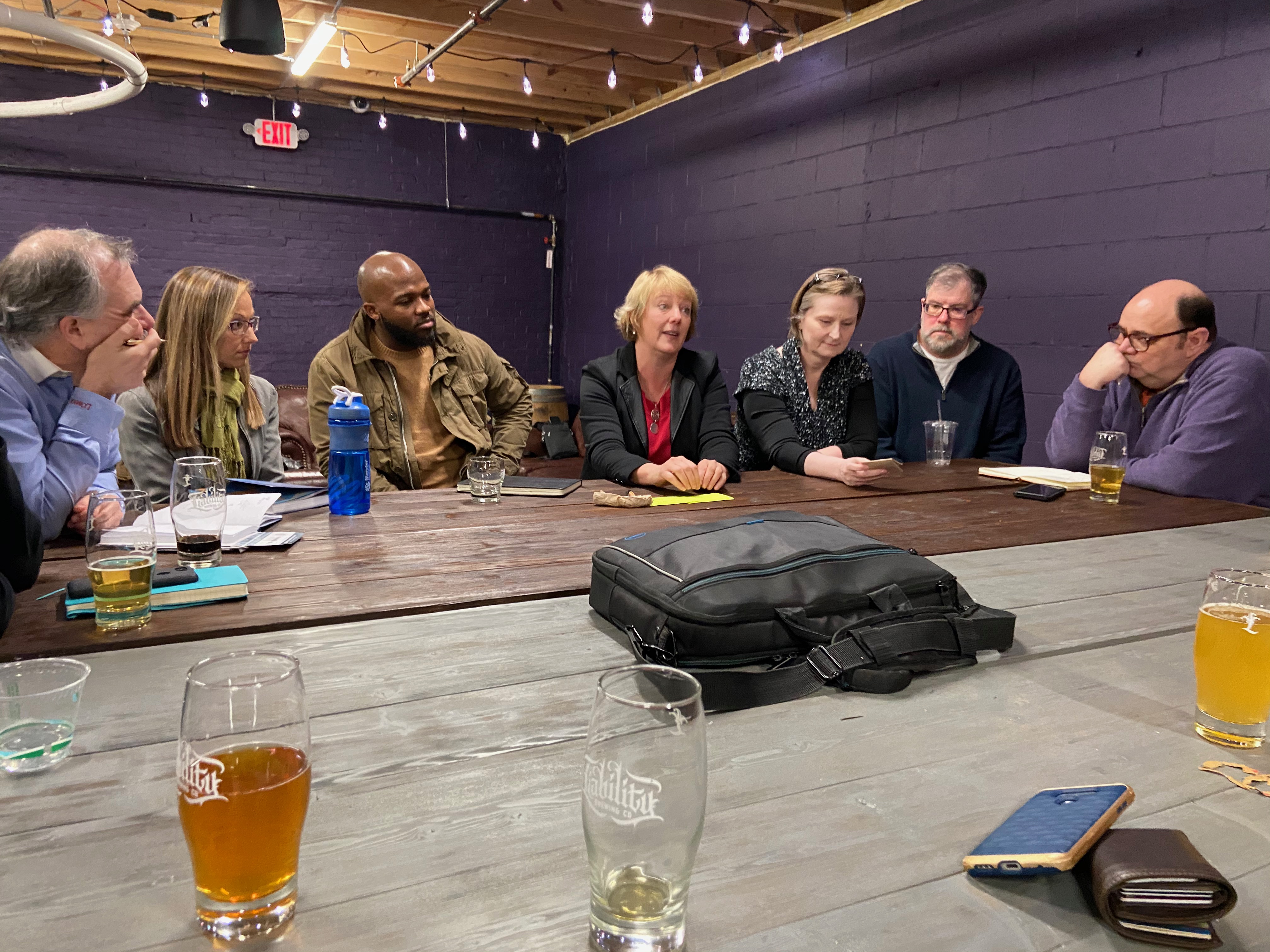

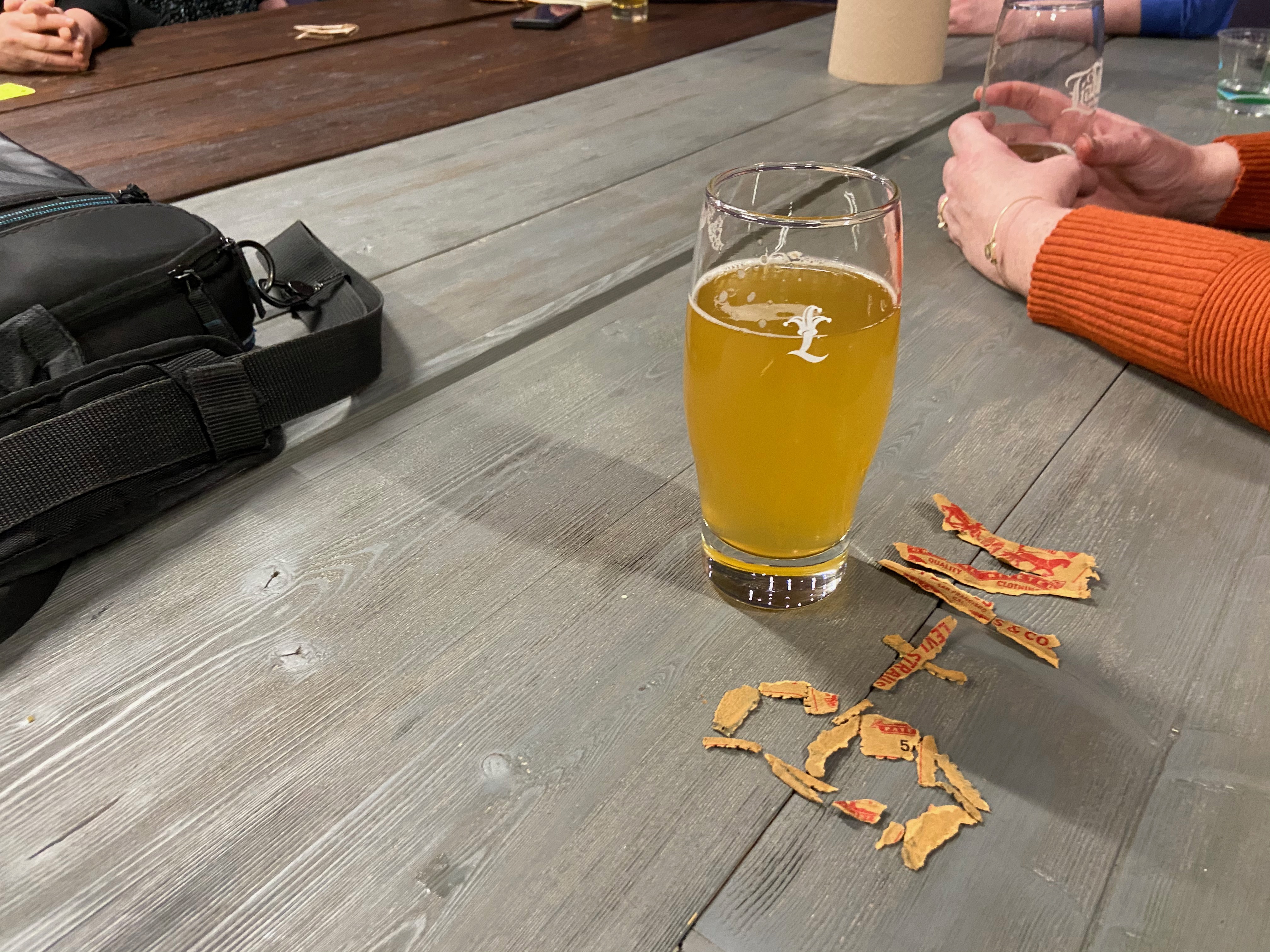
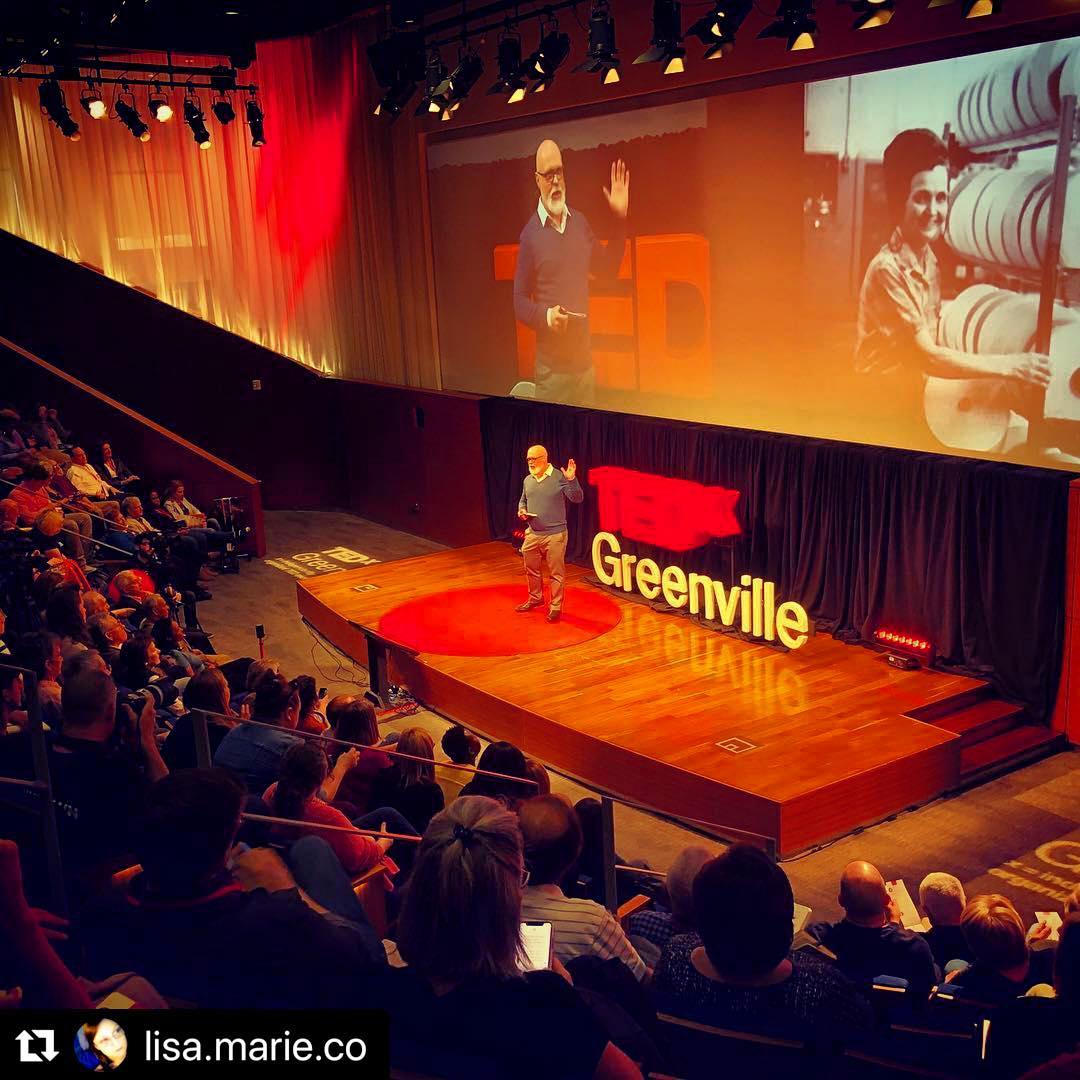


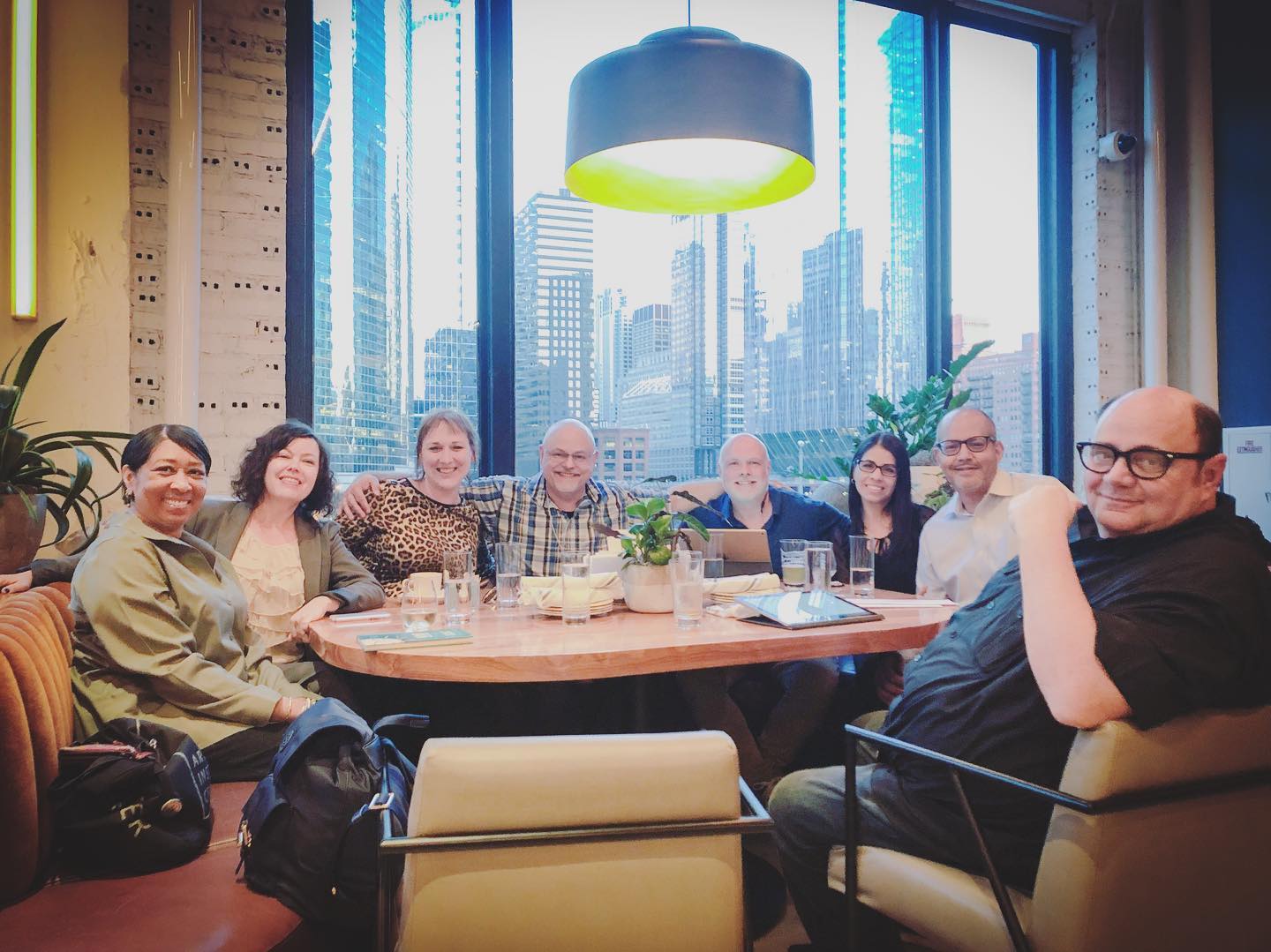
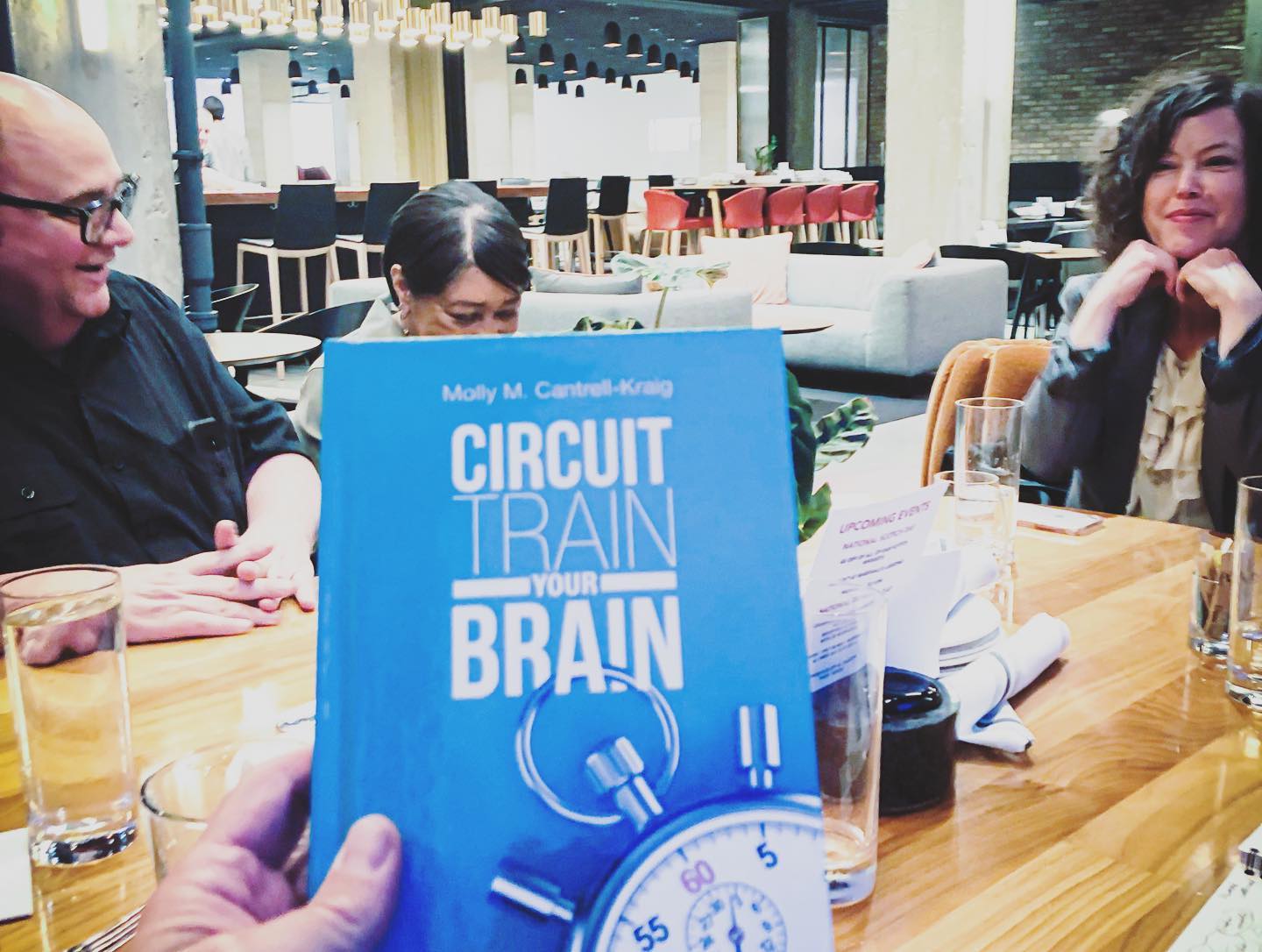
 LinkingGVL: Rethinking Link of the Comprehensive Plan: Connecting Housing, Transportation and Land Use.
LinkingGVL: Rethinking Link of the Comprehensive Plan: Connecting Housing, Transportation and Land Use.